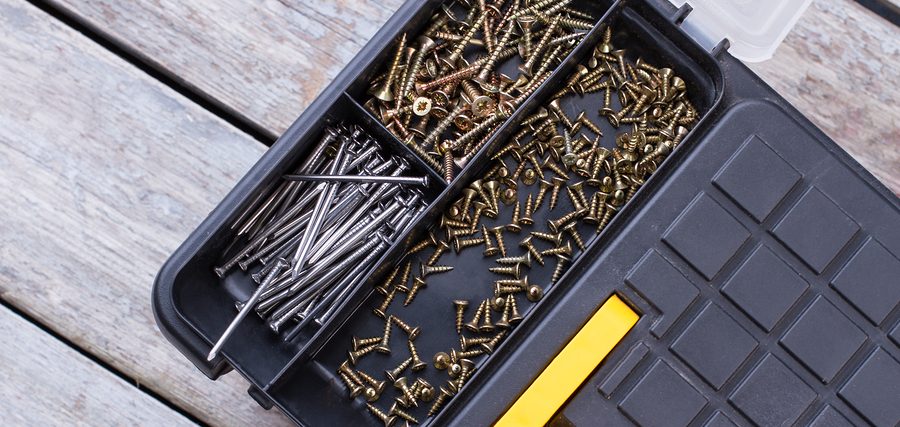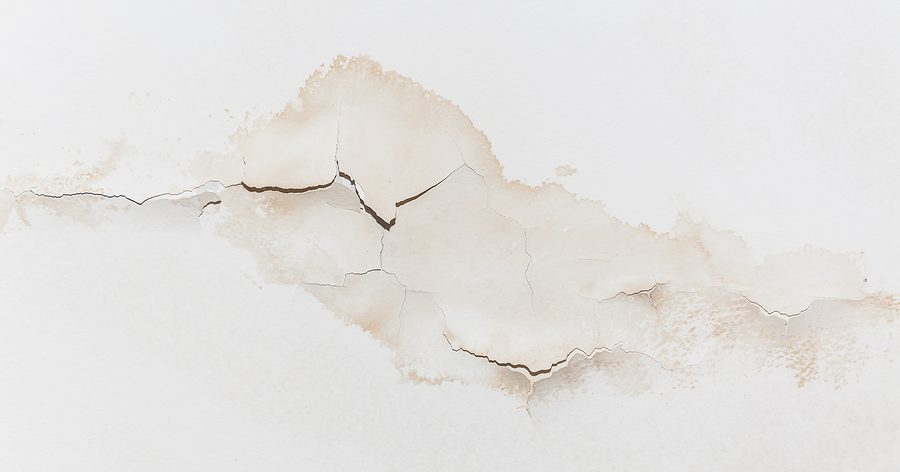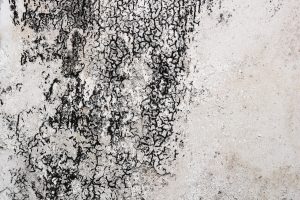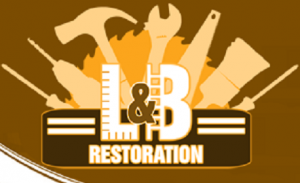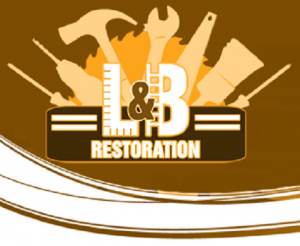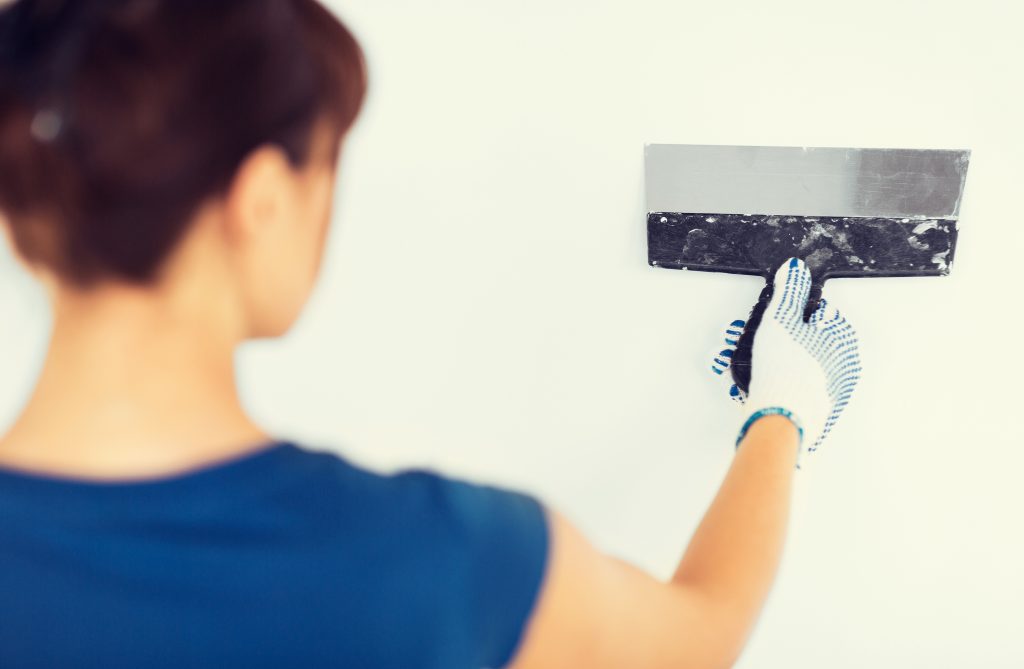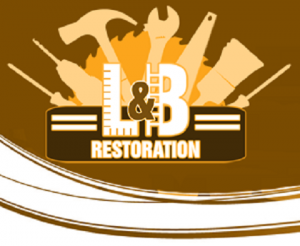Could you imagine what your bathroom experience would be like without your exhaust fan? If you have a window, it wouldn’t necessarily be an issue; but for those who lack a bathroom window and have a faulty exhaust fan, the situation is far from pleasant. What’s worse is, a broken exhaust fan in an otherwise ventless bathroom could pose serious health and safety risks. If your bathroom exhaust fan is acting up, whether you have a window or not, it is in your best interest to resolve the malfunction before things like mold, mildew, and wet walls cost you.
Continue reading to learn what you need to know about bathroom exhaust fan breakdowns, and where to turn for trusted drywall and bathroom remodeling services if yours has already caused such structural damages.
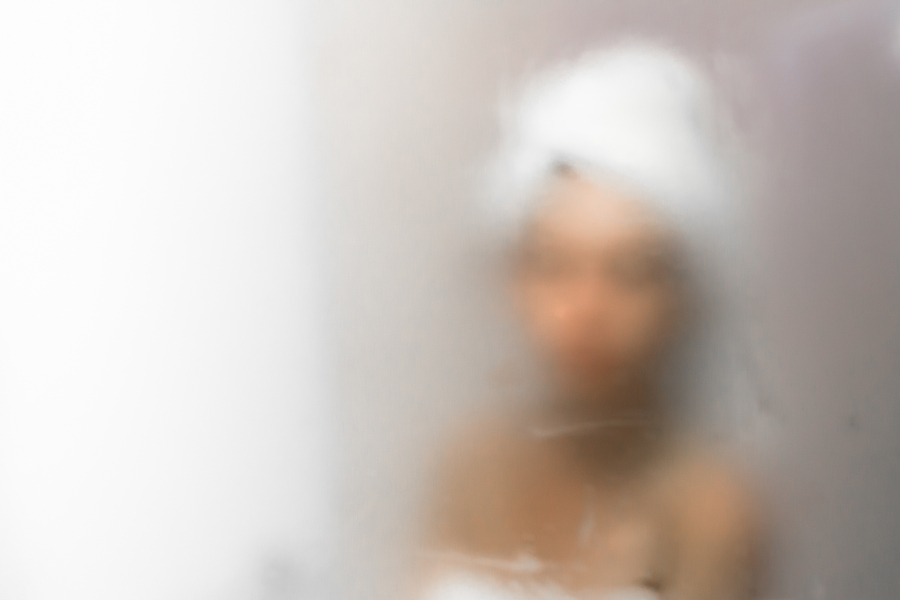
The Risk Behind a Broken Bathroom Exhaust Fan
When a bathroom exhaust fan stops working, or begins to fail, the primary risk is moisture. Moisture is created every time someone takes a steamy shower or runs the hot water faucet. Without a properly functioning fan, this excessive condensation seeps into the walls and turns into water, quickly causing mildew development, and overtime, fungal and mold growth.
What’s worse is, often times mold development goes unnoticed for long periods of time because it is trapped inside the walls. It is important to always keep your eyes out for signs of mold development, including peeling paint, wet walls, and warped drywall. Even floorboards can become over-saturated with moisture and develop mold, which often presents itself in the form of warped or wet flooring. It is vital to have all moldy walls removed and replaced with clean, fresh drywall, and that all mold outbreaks have been remediated by a certified service provider.
Repair a Broken Exhaust Fan ASAP
If your bathroom exhaust fan is broken, keep your window cracked for a little while during and after every hot shower or bath to ensure that most moisture is expelled outside. If you do not have a window in your bathroom, you must have your broken exhaust fan repaired or replaced promptly, otherwise, you take on the risk of developing a mold outbreak in your home, which will cost you more in the long run compared to fan repair expenses. Placing a floor fan in your bathroom also helps abate moisture retention, but should only be relied on temporarily while waiting to repair your exhaust fan.
Are you considering a bathroom remodel? Do you need professional drywall work? Contact Restoration By L & B, LLC at 317-454-3612 for bathroom remodeling services or drywall repair in Indianapolis, Indiana.
You Might Also Read:
How to Properly Maintain a Bathroom Exhaust Fan
Bathroom Ceiling Heaters are Perfect for Winter
Master Bathroom Remodeling Hacks That are Actually Affordable


